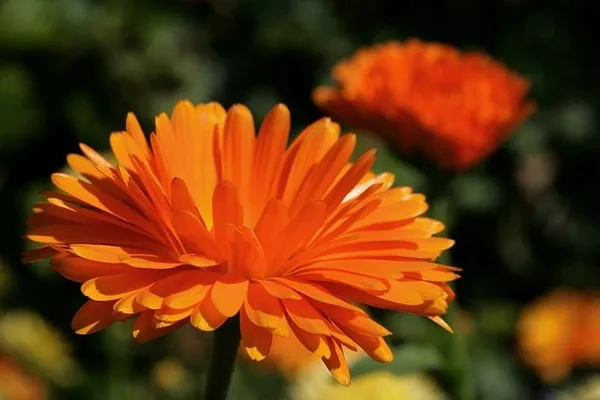The delicate and captivating dance of monarch butterflies in gardens is a sight to behold. These magnificent creatures, with their vibrant orange wings and distinctive black veins, are not only a visual delight but also play a crucial role in pollination. To attract and support monarch butterflies, it is essential to understand the flowers that cater to their unique preferences and contribute to their well-being.
Milkweed: The Monarch’s Nectar Oasis
Milkweed (Asclepias) stands as the cornerstone of any garden aiming to attract monarch butterflies. It is not only a host plant for monarch caterpillars but also a rich source of nectar for adult butterflies. The monarch’s life cycle is intricately tied to milkweed, as it is the sole plant on which monarchs lay their eggs. When selecting milkweed varieties, consider common milkweed (Asclepias syriaca), butterfly milkweed (Asclepias tuberosa), and swamp milkweed (Asclepias incarnata). Planting these varieties ensures a continuous supply of nectar and sustenance for monarchs at different stages of their lifecycle.
Coneflowers: A Palette of Colors and Nectar
Coneflowers (Echinacea) are not only visually stunning but also attract monarch butterflies with their ample nectar reserves. The vibrant hues of coneflowers, ranging from deep purples to bright pinks and whites, make them a splendid addition to any garden. Monarchs are particularly drawn to their large, daisy-like blooms, sipping nectar while enhancing the aesthetic appeal of the space. Selecting a mix of coneflower varieties ensures a prolonged blooming season, providing a consistent food source for monarchs.
Zinnias: A Colorful Banquet for Monarchs
Zinnias are a popular choice for butterfly gardens, and monarchs, in particular, find these annual flowers irresistible. With their vivid colors and long-lasting blooms, zinnias offer a visual feast for both humans and butterflies. Monarchs are attracted to the rich nectar content of zinnia flowers, making them an excellent addition to any garden seeking to support these enchanting insects. Varieties such as Benary’s Giant and Profusion series are known for their appeal to monarch butterflies.
Lantana: A Scented Haven for Monarchs
Lantana (Lantana camara) is a fragrant perennial that boasts clusters of tiny, tubular flowers in a spectrum of colors. Monarchs are drawn to the sweet scent of lantana, making it an ideal choice for butterfly gardens. This hardy plant thrives in warm climates and blooms abundantly, providing a continuous source of nectar throughout the season. Lantana not only attracts adult monarch butterflies but also serves as a vital resource for other pollinators.
Marigolds: A Burst of Sunshine for Monarchs
Marigolds (Tagetes) are not only renowned for their pest-repelling properties but also for their appeal to monarch butterflies. The vibrant, sunny blooms of marigolds contain ample nectar, attracting butterflies while adding a touch of warmth to the garden. French marigolds (Tagetes patula) and Mexican marigolds (Tagetes erecta) are popular choices that contribute to the overall diversity of nectar sources for monarchs.
Aster: Late-Season Nectar Source
Asters are a valuable addition to a monarch-friendly garden, providing a late-season nectar source when many other flowers may have faded. The daisy-like blooms of asters come in various colors, such as purple, pink, and white, making them an aesthetically pleasing choice. Planting asters ensures that monarch butterflies have access to nectar as they prepare for their long migratory journey. The New England aster (Symphyotrichum novae-angliae) and smooth aster (Symphyotrichum laeve) are two varieties that are particularly attractive to monarchs.
See Also: What Does The Lotus Flower Represent?A Closer Look
Conclusion:
Creating a garden that attracts and sustains monarch butterflies is not only a rewarding endeavor but also a crucial step in conserving these remarkable insects. By selecting a diverse array of flowers that cater to the monarch’s preferences for nectar and breeding, gardeners can contribute to the well-being of these pollinators. From milkweed, the essential host plant, to coneflowers, zinnias, lantana, marigolds, and asters, a thoughtfully curated garden can serve as a haven for monarch butterflies throughout their lifecycle.
As we witness the delicate fluttering of monarchs amidst the blossoms, it becomes evident that fostering a harmonious relationship between these magnificent creatures and the botanical tapestry of our gardens is not only beneficial but also a celebration of the interconnectedness of nature. By providing the right floral resources, we can play a vital role in ensuring the continued existence and flourishing of the iconic monarch butterfly.


